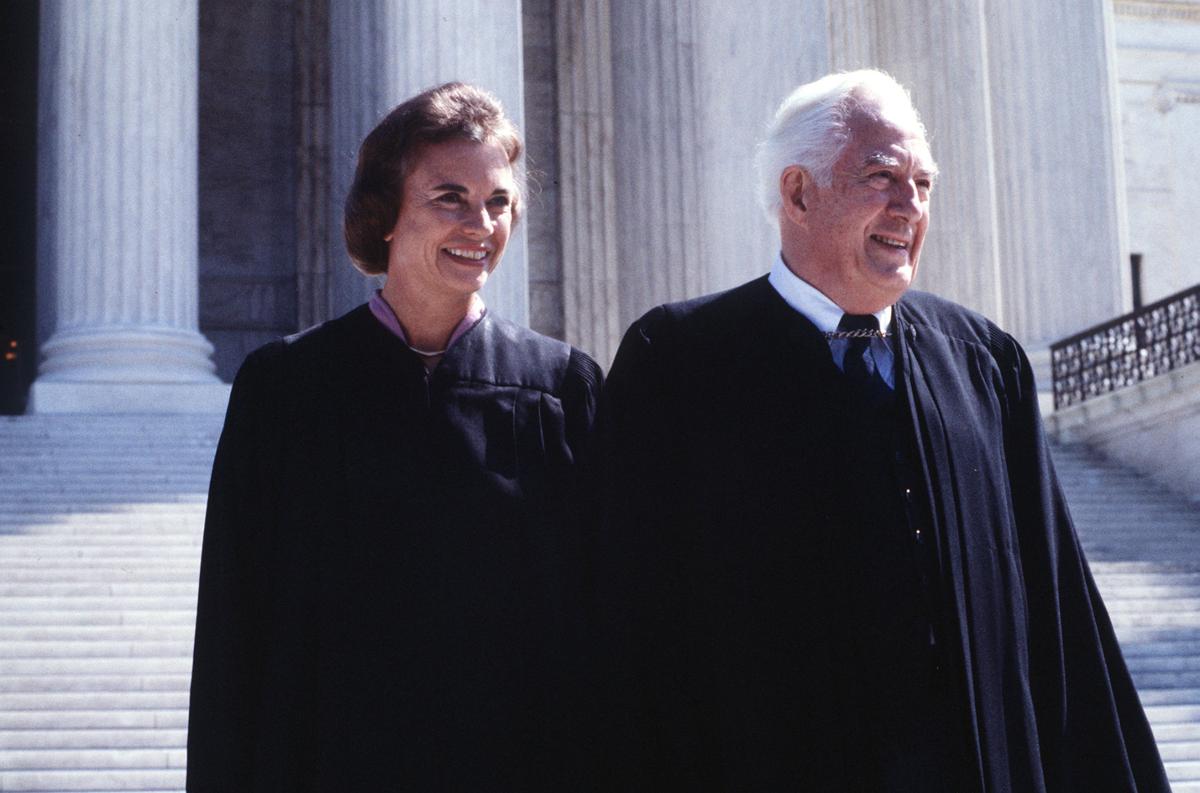Ronald Reagan
“Now, if there are no qualified women, I understand,” said Ronald Reagan “But I can’t believe there isn’t one. It is going to be a woman” Reagan was trying to get the women's vote in the upcoming election. In July 1981, President Ronald Regan nominated O’Connor and she was confirmed unanimously in September by the U.S. Senate.
Early Work
In her first year, she faced nothing more important than a couple of interviews about her views on abortion. Some of her biggest cases include Planned Parenthood (1992), Bush v. Gore (2000), McConnel v. FEC (2003), Grutter v. Bollinger (2003).
"For both men and women the first step in getting power is to become visible to others, and then to put on an impressive show...As women achieve power, the barriers will fall. As society sees what women can do, as women see what women can do, there will be more women out there doing things, and we'll all be better off for it.” -Sandra Day O'Connor
Sandra Day O'Connor and Chief Justice Warren Burger, Sept. 25, 1981, The Journal Times
Sandra Day O'Connor on the day she was nominated

